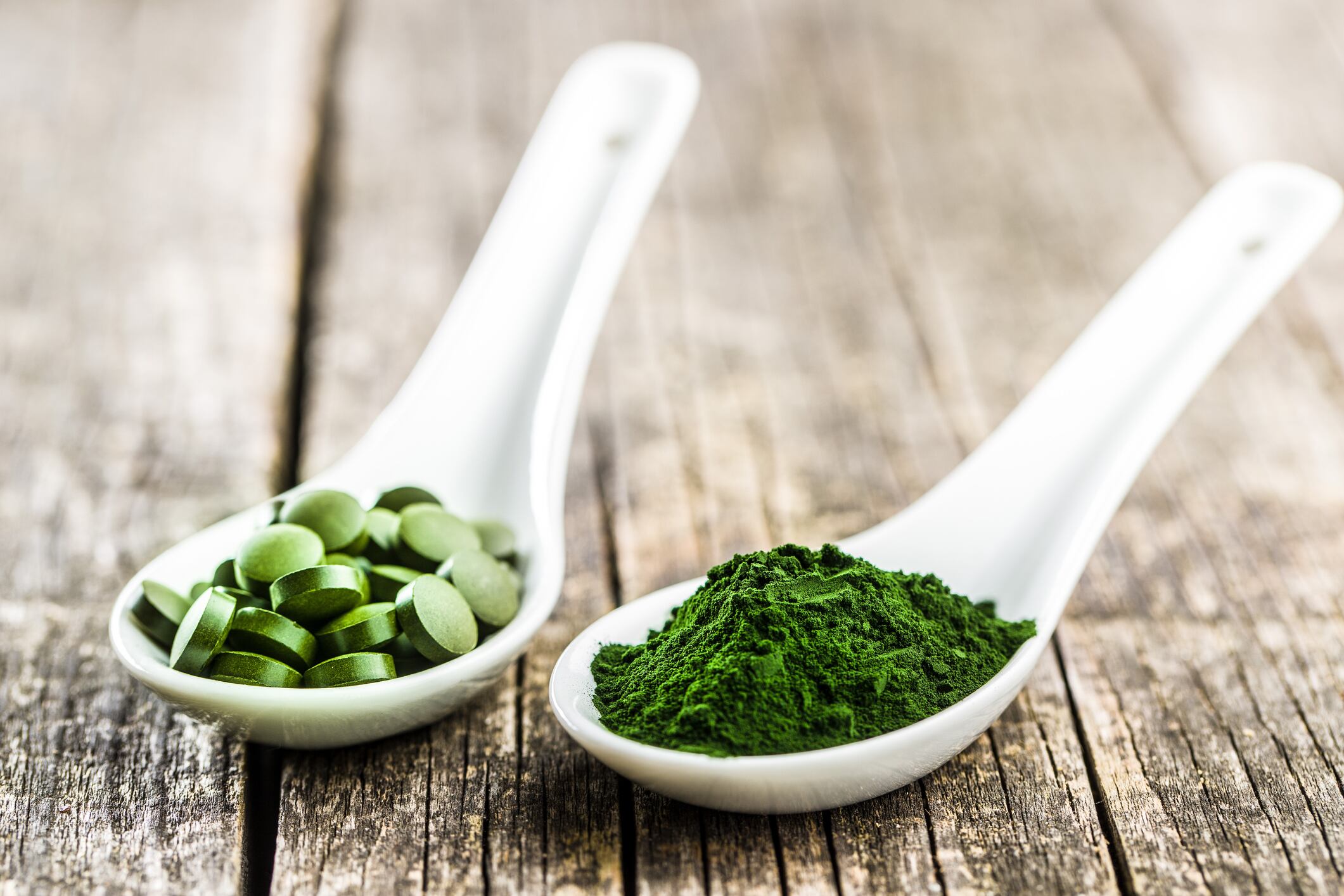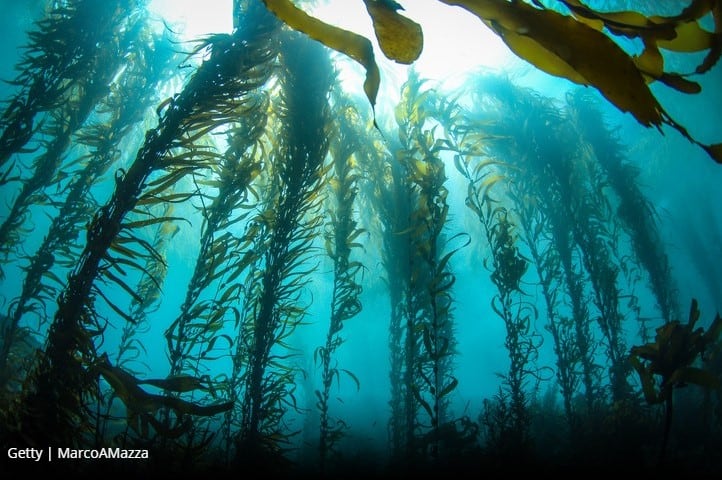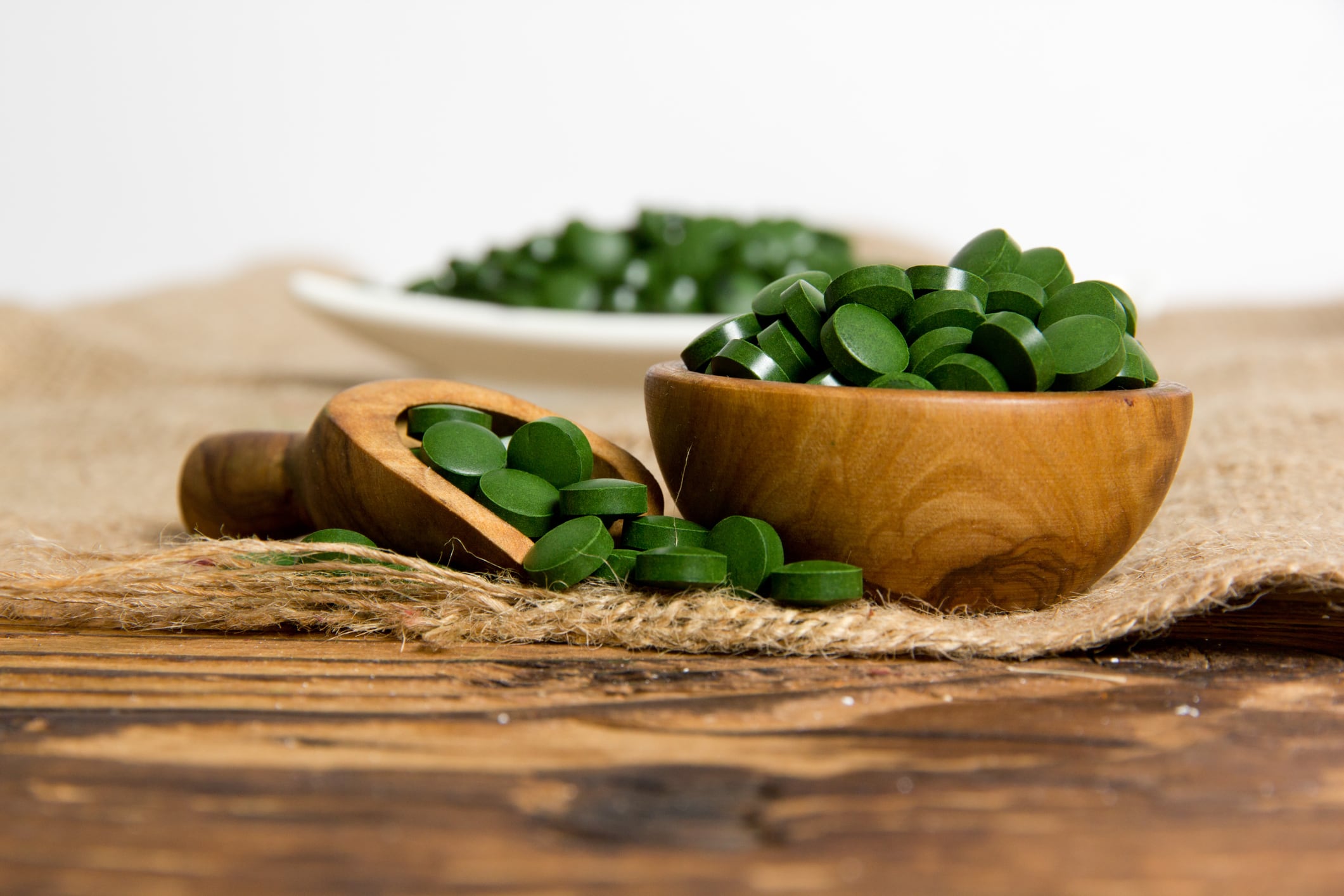With food and nutrition quickly becoming one of TikTok’s hottest topics - #TikTokfood has 28 billion views as of mid-June – one sub-trend among TikTokkers is drinking liquid #chlorophyll which has been linked to energy, weight loss, body odor and skin health benefits – and perhaps most importantly, immune health, in terms of the condition with the strongest clinical backing and COVID-driven contemporary need.
Chlorella supplements contain chlorophyll at varying levels; so whether it is down to shoppers knowingly seeking chlorella as a source of chlorophyll or simply mistaking one for the other, the chlorella surge has been dramatic.
SPINS/IRI data that includes brick and mortar sales in mass and specialty outlets (excluding Whole Foods and Trader Joes) shows 12-week chlorella sales to mid-May were up 58.73% from $1.54 million last year to $2.45m this year.
If a 24-week sales period was considered, sales jumped 35.61% from $2.79m in 2020 to $3.78m this year. Yearly sales were up 16.93% from $5.75m to $6.72m in these offline channels. (Which it should be noted are not indicative of a category for which online sales are significant.)
American Herbal Products Association (AHPA) president Michael McGuffin, said the category was up 25% in all channels year-on-year with “sales attributed to excitement created on social media; TikTok in particular.”
“You usually see the TikTok effect more with workout products where they get an attractive female or ripped dude to sell it or something like that, or relaxation products,” observed Natural Products Association (NPA) chief Dan Fabricant. “But in the case of chlorella I’d like to think it is more due to the years and years of science behind it.”
Interestingly, sales of chlorella supplements making immunity claims actually fell 18.38% y-o-y in the 12 weeks to mid-May, according to SPINS/IRI, as the public health panic has eased around the pandemic.
Chlorella products with cleanse and detox claims grew fastest – from $207m to $468m – a 126% gain over 12 weeks y-o-y.
However products with no claims at all accounted for about 75% of chlorella sales at $1.57m for the 12-week period, perhaps reflecting the lack of FDA-approved claims for the category.
Sources say chlorella supplements sold out in many health food stores in recent months. Holland & Barrett reported sales of Chinese chlorella were up 147%.
Chlorella v chlorophyll v chlorophyllin
According to Jennifer Jimenez, VP/COO at California-based Sun Chlorella, the market is already steadying, and the TikTok moment had inadvertently thrown light on the significant differences between the categories.
“The TikTok chlorophyll trend is dying down, but it did help to raise awareness,” she said.
“The issue we see is one of quality, transparency and consumer education. It’s important to note that there are many big distinctions between chlorella like ours and the liquid chlorophyll you’ll often see — our product is contains a naturally occurring chlorophyll from alga and not chlorophyllin which is semi-synthetic.”
Jimenez said the kind of chlorophyll drops that had blown up on TikTok were not wholly plant-sourced as chlorella extracts were.
“Chlorophyll does not dissolve in water, so chlorophyll drops are actually made from chlorophyllin, a semi-synthetic chemical that is extracted from chlorophyll. Typically chlorella is considered a food/plant/alga — it naturally contains chlorophyll and not chlorophyllin.”
A typical chlorella nutrient profile includes about 50% protein as well as carbohydrates, amino acids, fatty acids, vitamins like B-12, minerals like iron as well as some antioxidants.
Umasudhan Pal, CEO and president at Floridian chlorella supplier, Valensa, said chlorella could contain 1.5-3% chlorophyll, depending on the cultivation process.
Pal noted a growing market in “cosmetic and personal care products where chlorella is used to add pigmentation to cosmetic products.”




